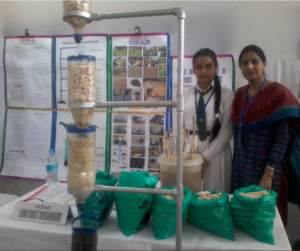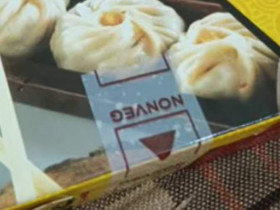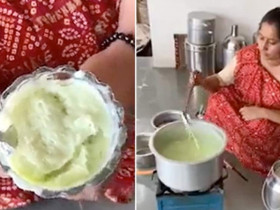Lalita Prasida Sripada Srisai, a 13-year-old student in Koraput district of Odisha has developed a low-cost water purifier which gives a new dimension to villagers in their day to day lives. She is a student of standard IX in DPS Damanjodi. In what is deemed as the unique technology in today’s world, her water purifier uses waste corn cobs as the main ingredient in an effective manner.
She won the ‘Community Impact Award’ at the prestigious Google Science Fair in California for her magnificent invention. Lalita won in the 13-15 years age group and received 10,000 USD as the prize money. Also, she will also be supported by the organization for a year to build upon her project. Sadly, our media failed to give her due coverage.
Big congratulations to the winners of the 2015 #GoogleScienceFair! http://t.co/Buids7Oj8f pic.twitter.com/dwbqKJzcTO
— Google (@Google) September 22, 2015

Lalita’s intention was to purify water using the least utilised part of the maize plant which is the corn cob, an essential agricultural waste. It is a suitable adsorbent due to its high mechanical strength, rigidly and porosity.
“Hence, contaminants like oxides of salts, detergents, suspended particles, coloured dyes, oil and grease get adsorbed in the surface of the corn cobs. Some of the heavy metals are also adsorbed by corn cobs. If the drain pipe of the household is connected to a chamber having different layers of corn cobs in partition layers or to an S-trap pipe having corn cobs, it will separate about more than 70-80 % of contaminants including suspended particles from the waste water,” according to the report published about her project on the Google Science Fair website.

It is easily affordable and eco-friendly way of purifying water. For sure, this will also give rise to a new market for corn cobs that are usually discarded as bio-waste. For the experiment, Lalita patiently garnered the cobs from the nearby farm, and then sun-dried them for a month.
The pith of one cob was taken off to make a hole at the centre of it, wherein 50ml of domestic effluent taken from a kitchen drain pipe, was poured into it. This was permitted to pass through the hole and the collected filtrate was collected was then tested for purity. After this experiment, water with several added chemical impurities was passed through five bottles, each having a different layer for purification.
These different layers contained long pieces of corn cobs, small pieces of corn cobs, powdered corncobs, activated charcoal made from corn cobs and fine sand. It was noted that most of the coloured substances in the water were adsorbed in the charcoal layer itself and the suspended particles were adsorbed in the chaff layers of both long and small pieces of corn cobs.
Then gasoline waste was also adsorbed in the powdered corn cob layer. As per her teacher, Pallabi Mahapatro, the technique can be used for immobilising the contaminants in domestic and industrial effluents, and in ponds, reservoirs and water tanks.
(With inputs from The Better India)











